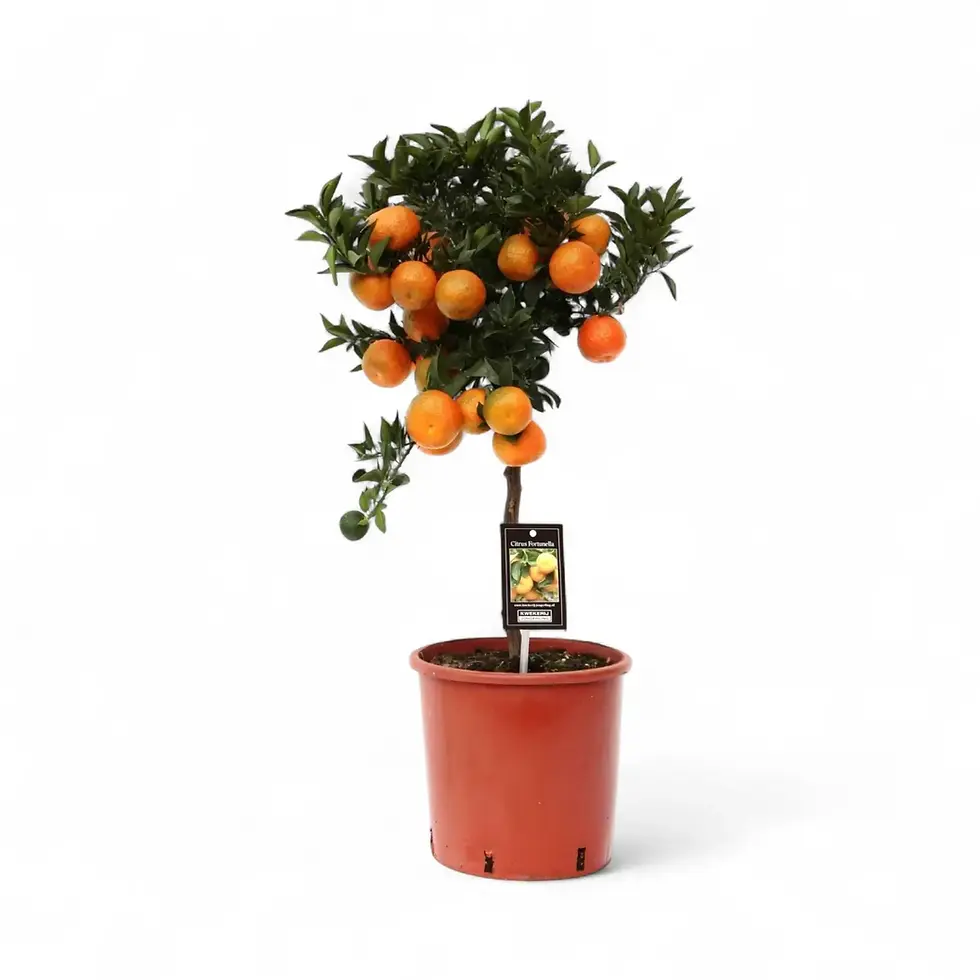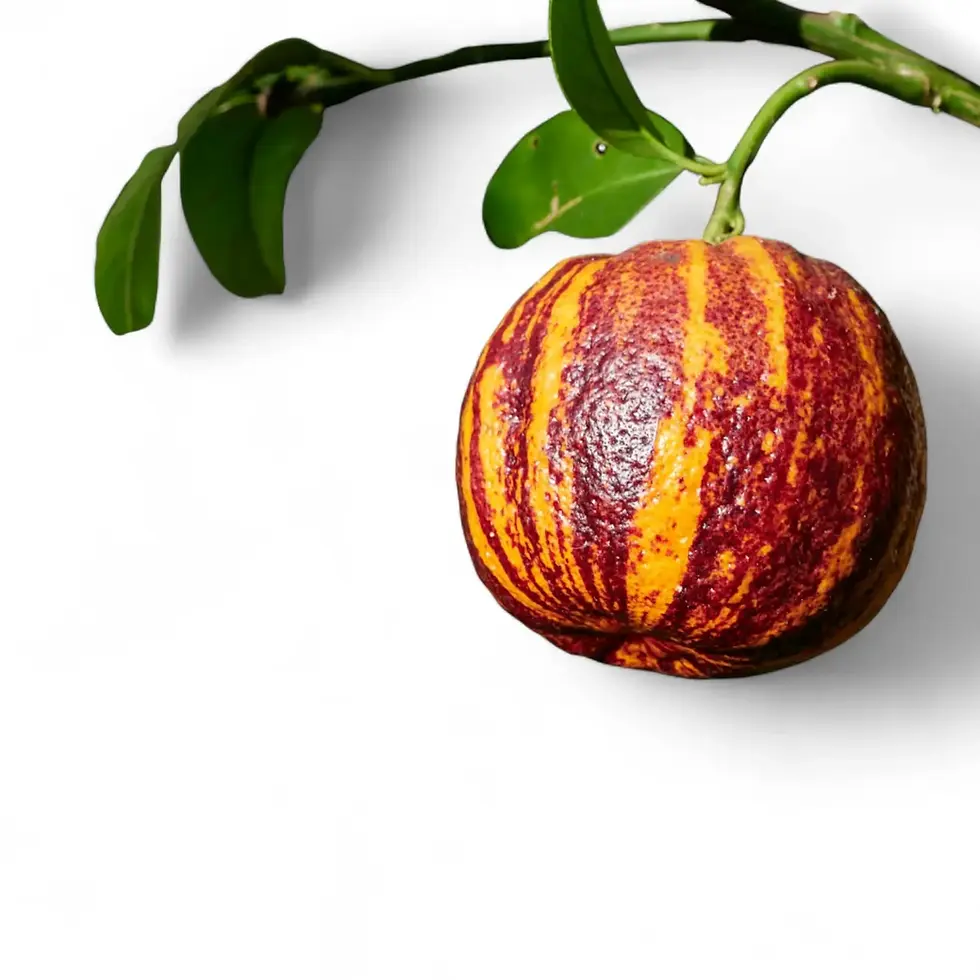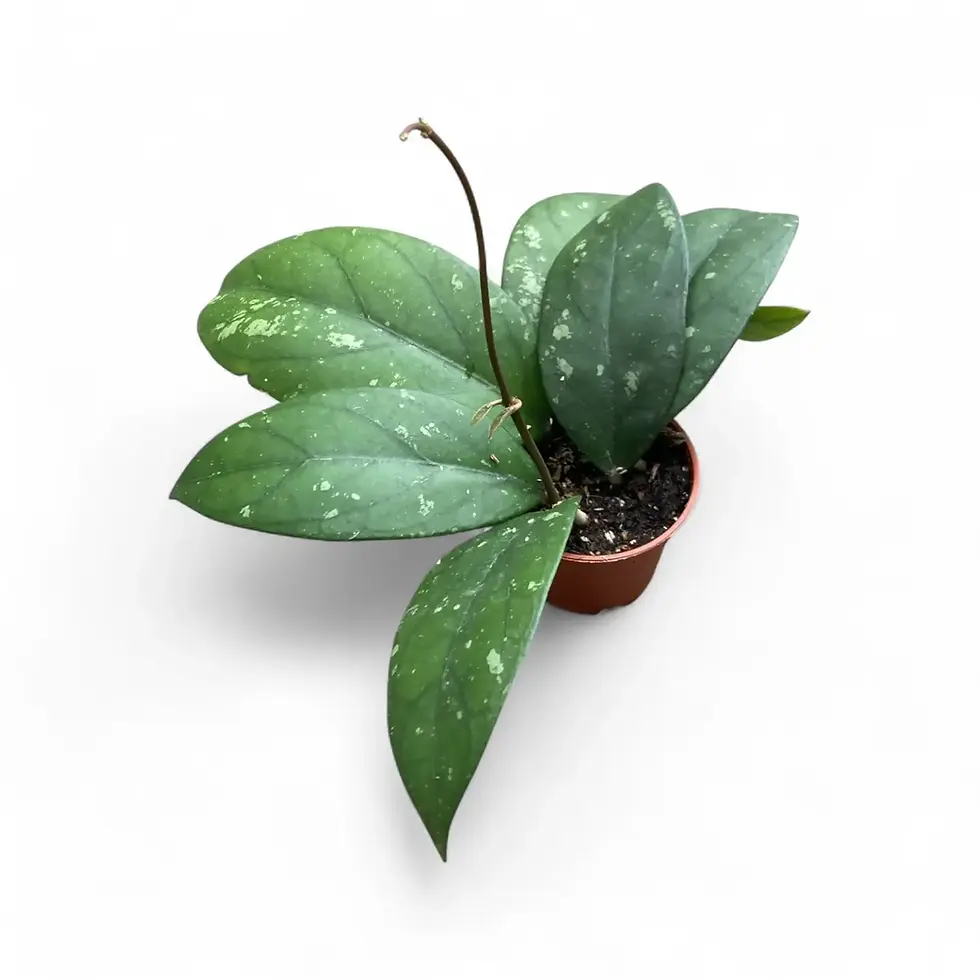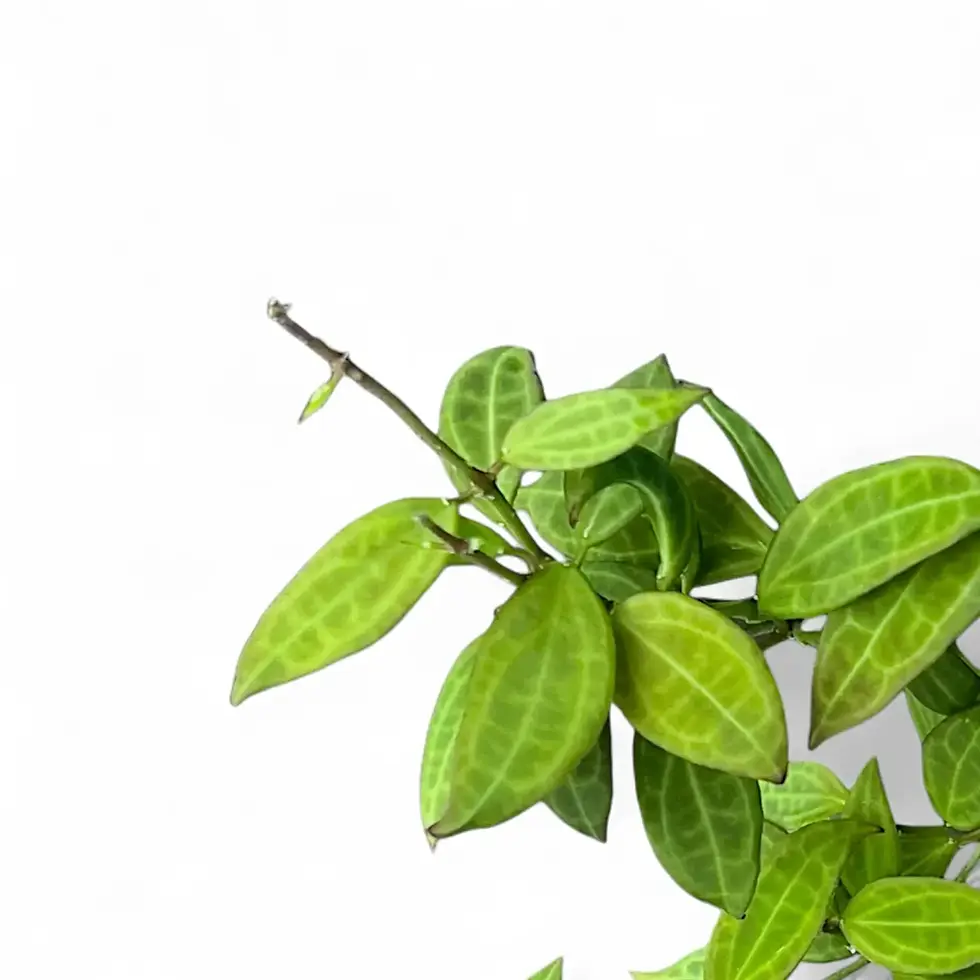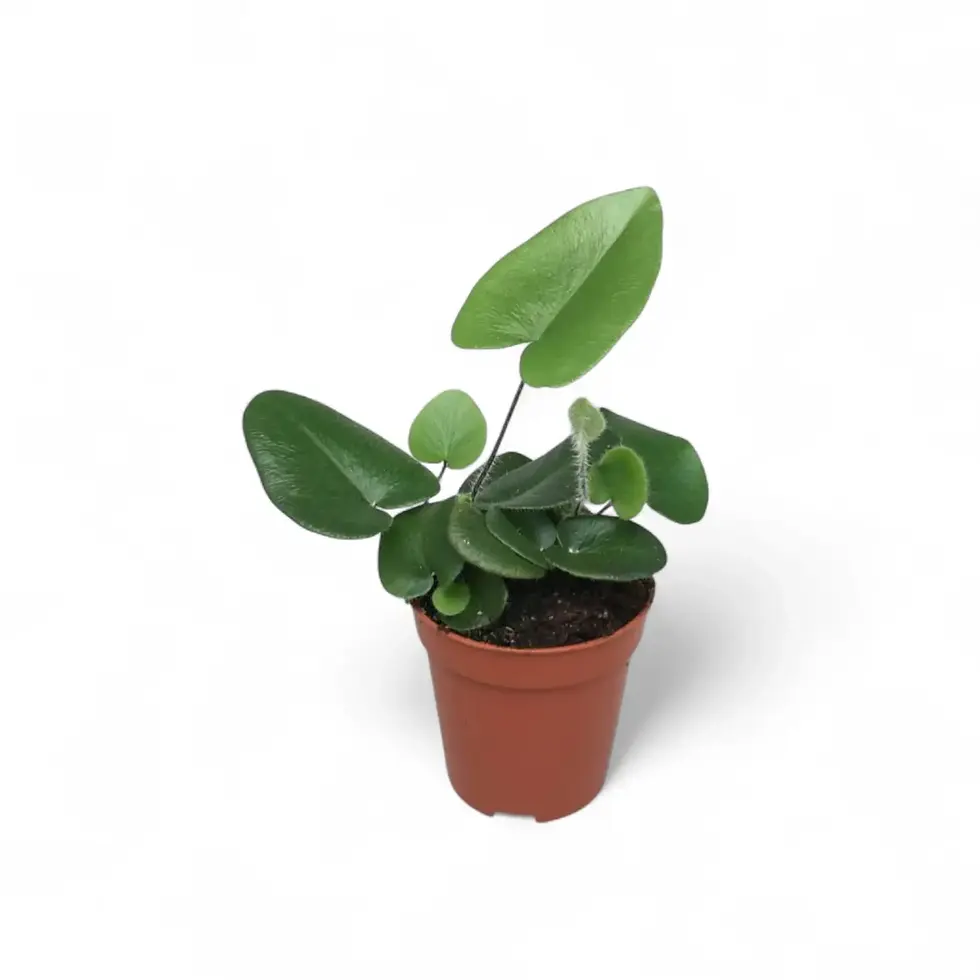Aglaonema pictum 'Tricolor' – Camouflage Foliage for Serious Aroid Collectors
Aglaonema pictum 'Tricolor' is a rare tropical aroid with natural camouflage in deep green, sage, and cream. A slow-growing collector’s plant with leathery leaves and compact habit, Aglaonema pictum 'Tricolor' rewards stable care with long-lasting, mosaic-patterned foliage. Wild parent Aglaonema pictum occurs in montane rainforest of Sumatra and Nias Island; 'Tricolor' is a cultivated selection propagated from superior patterned stock.
Defining Traits That Set Aglaonema pictum 'Tricolor' Apart
- Camouflage Pattern: Three-tone marbling; each leaf forms a unique mosaic.
- Leaf Form & Size: Elliptic to narrowly ovate, typically 20–30 cm long and 5–9 cm wide; thick, tear-resistant texture.
- Compact Habit: Upright stems with short internodes; usually 40–60 cm tall in indoor setups.
- Collector Appeal: Rare variegated Aglaonema valued for display in cabinets, terrariums, or high-humidity rooms.
From Rainforest Slopes to Your Collection
Wild Aglaonema pictum grows in shaded understory of montane rainforest, roughly 800–2000 m elevation, on well-draining, humus-rich slopes beneath dense canopy. Conditions are warm, humid, and wind-sheltered with filtered light. Recreating this microclimate indoors supports steady growth and crisp pattern retention.
Cultivation Secrets for Stable Camouflage Patterns
- Light: Provide bright, indirect light for 8–10 hours daily. Avoid direct sun to prevent scorch and pattern washout.
- Water: Let the top 4–5 cm of substrate dry before watering again. Use filtered or rainwater to limit mineral deposits.
- Humidity & Temperature: Best at 70–85% humidity; tolerates ~60% with good airflow. Keep 18–24°C; avoid drops below 15°C.
- Soil: Loose, airy aroid mix with orchid bark, perlite, and coconut coir. Aim for fast drainage and high aeration.
- Feeding: Monthly during active growth with diluted, balanced liquid fertilizer. Flush the mix occasionally to prevent salt build-up; optional Ca–Mg supplement helps avoid chlorosis.
- Semi-Hydro: Performs well in inert, semi-hydro substrates if humidity is high and nutrients are dosed consistently.
- Environment: For deep color and steady growth, cabinet or terrarium culture offers stable humidity and light.
Common Issues and How to Stay Ahead of Them
- Browning Edges: Often low humidity or hard water. Raise humidity and switch to filtered or rainwater.
- Yellow Leaves: Usually overwatering or poor drainage. Adjust schedule and ensure free-draining mix.
- Pests: Monitor for thrips, spider mites, scale, and root mealybugs. Treat early with insecticidal soap or neem; repeat per label.
- Leaf Spot & Fungal Issues: Improve airflow, avoid prolonged leaf wetness, and remove affected tissue promptly.
Indoor Setup Tips for Long-Term Health
- Keep conditions stable — avoid sudden swings in light, humidity, or temperature.
- Rotate regularly for even exposure and balanced growth.
- Dust leaves gently to maximise light capture and reduce pest harborage.
- For humidity strategy and airflow basics, see our humidity guide.
Etymology — Names That Describe the Plant
Aglaonema combines Greek aglaos (bright) and nema (thread), referencing floral structures. Pictum means “painted,” describing patterned leaves; “Tricolor” points to the three-tone variegation in cultivation.
Frequently Asked Questions
How do I keep variegation vibrant?
Bright, indirect light, high humidity, and consistent watering/feeding help maintain crisp patterning. Direct sun or stress can wash colors.
Can Aglaonema pictum 'Tricolor' revert to all green?
True genetic reversion is uncommon. Pattern softening is usually from low light or stress — improve light and stability to restore definition.
How fast does it grow?
Slow. Expect only a few new leaves per year under ideal light, warmth, and humidity.
Will it cope in an open room?
Yes at 60% humidity or higher with good airflow and precise watering, but growth and patterning are stronger in enclosed high-humidity setups.
Is Aglaonema pictum 'Tricolor' toxic?
Contains calcium oxalate crystals; keep away from pets and children.
Add Aglaonema pictum 'Tricolor' to Your Collection
Secure a centerpiece with true camouflage allure. Order Aglaonema pictum 'Tricolor' now and cultivate rare aroid beauty at home.
Aglaonema pictum tricolor
Aglaonema pictum tricolor comes in following sizes:
Baby Plant – is approximately 10 cm tall and comes in a ⌀ 6 cm pot
M – is approximately 20 cm tall and comes in a ⌀ 12 cm pot






